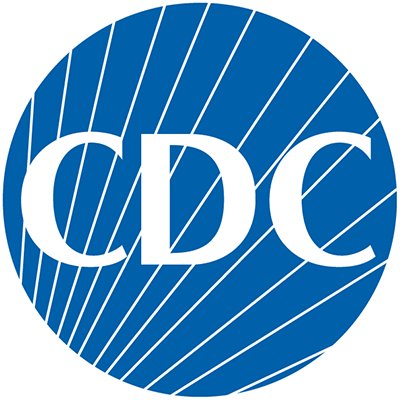 On July 22, the Centers for Disease Control and Prevention (CDC) held a meeting of the Board of Scientific Counselors (BSC) for the National Center for Injury Prevention and Control (NCIPC) to address the topic of pain management. The CDC is preparing to update its 2016 Opioid Prescribing Guideline for Chronic Pain.
On July 22, the Centers for Disease Control and Prevention (CDC) held a meeting of the Board of Scientific Counselors (BSC) for the National Center for Injury Prevention and Control (NCIPC) to address the topic of pain management. The CDC is preparing to update its 2016 Opioid Prescribing Guideline for Chronic Pain.
“The most critical part of the meeting was the CDC’s announcement of the process they will be using to update the Guideline,” says Cindy Steinberg, National Director of Policy and Advocacy for U.S. Pain, who attended the meeting by phone. “The CDC also shared the names and affiliations of 24 individuals selected for a working group, which will review the new Guideline prepared by CDC and issue a report for the BSC/NCIPC to review and consider. We are pleased to see that Kate Nicholson, JD, a patient and patient advocate, was included.”
Steinberg emphasizes that, according to the “Terms of Reference” document posted on CDC’s website, the working group will serve in an advisory capacity only. CDC will make all final decisions about what will be in the updated Guideline, which is expected to be released in 2022.
The CDC said it will announce public meetings of the working group over the course of the next year.
The CDC also addressed how they will obtain stakeholder input going forward. Thus far, they have received and will continue to analyze the 5,297 comments submitted during the public comment period, which ended in July. The majority — 4,085 — were from patients. In addition, they will be holding 100 individual conversations with stakeholders, including patients, in the fall. The Federal Register notice explaining how to apply to be chosen can be found here. U.S. Pain Foundation encourages patients, caregivers, and healthcare providers to apply.
[su_pullquote align=”right”]For information on applying to be one of the 100 individuals interviewed by the CDC, click here.[/su_pullquote]
“I am pleased to see that the CDC is actively seeking patient input this time around,” says Steinberg. “But, I would like to see evidence that they are listening to patients and acting upon patient recommendations. One glaring omission is the CDC’s lack of focus on pain patient outcomes as a result of their 2016 Guideline.”
The meeting concluded with an open public comment period for 17 individuals who pre-registered to speak. Ten of the 13 patients who spoke expressed great frustration at being denied opioids that had helped them. They also decried the CDC’s lack of focus on patient outcomes as a result of the 2016 Guidelines and CDC’s sole emphasis on the number of opioid prescriptions written. The other three patients said that spinal cord stimulators have helped them. Of the four remaining comments, two were from company representatives about products they produce for pain and two were from interventional pain physicians praising interventional techniques for pain relief.
The agenda and slide presentations can be accessed here. If you have not already read U.S. Pain Foundation’s comment to the docket, you can access it here.
